With alumni scattered across the world’s leading fashion companies, students from the Fashion Communication course at Central Saint Martins are known for their fiercely original approach in harnessing fashion’s discursive power. Exploring topics including homoerotica, fear, migration and sexual identity, the institution’s latest troupe have dived deep into our deepest subcultural affairs, raising a magnifying glass to them in new and innovative ways. As they debut their work at the art school in 1 Granary Square, i-D meets the pioneers as they start their creative careers.
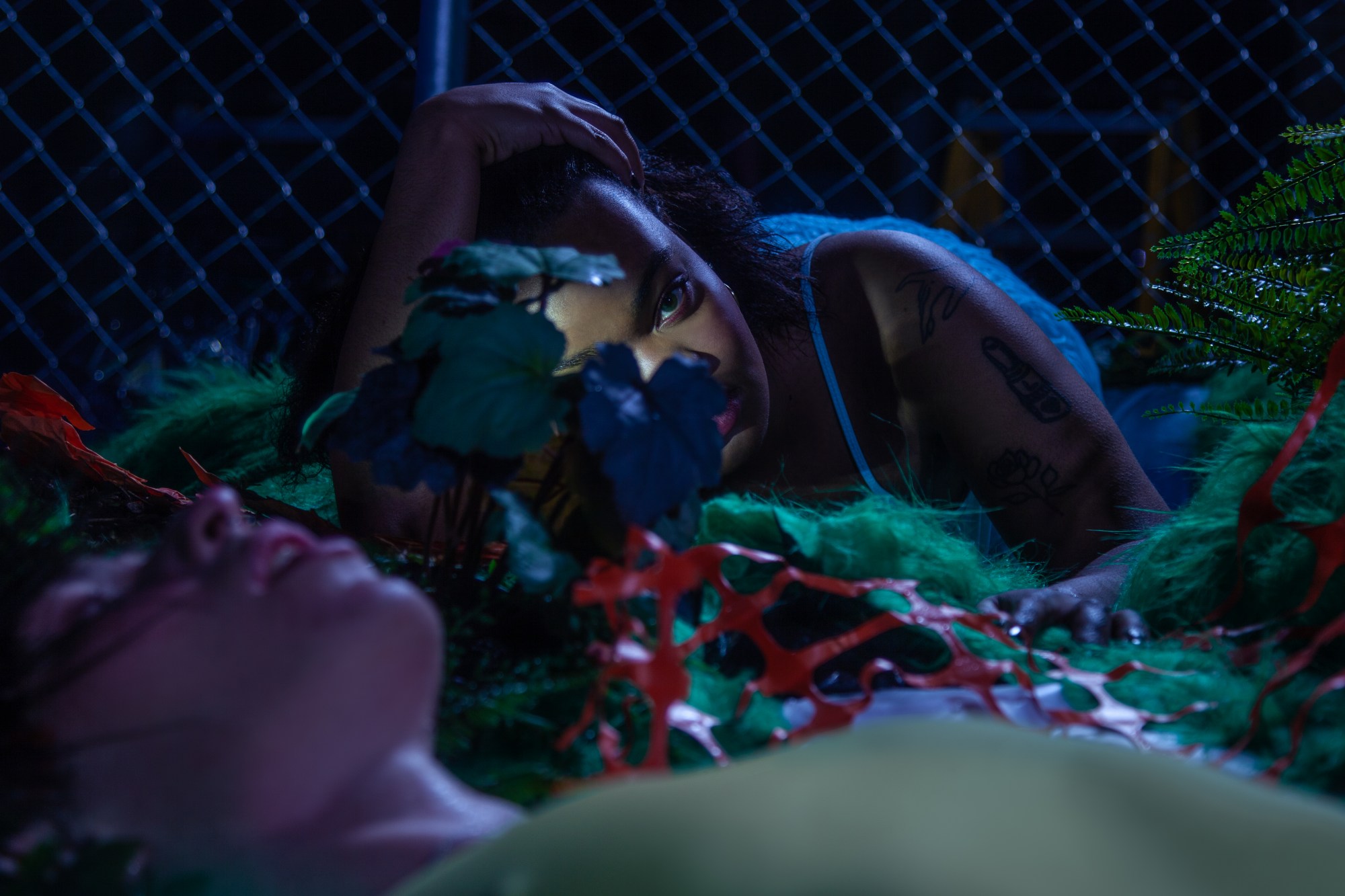
R+D
Tell us a bit about your project…
Based on a True Story is R+D’s reaction and dramatisation of how fear is used to control society. This story is told through 13 horror stories, collectively taking the form of photography, film and object. As Wes Craven said, “Horror films don’t create fear. They release it.” In line with Craven’s statement, we want to release that fear. These stories tackle societal fear and the deconstruction of archaic horror tropes, while paying homage to a genre that is often disregarded but has a profound legacy and a personal impact upon R+D’s practice. Horror’s ability to be outrageously explicit and to trigger instant guttural emotion while acting as an escape from reality is the exact ethos of the R+D collective.
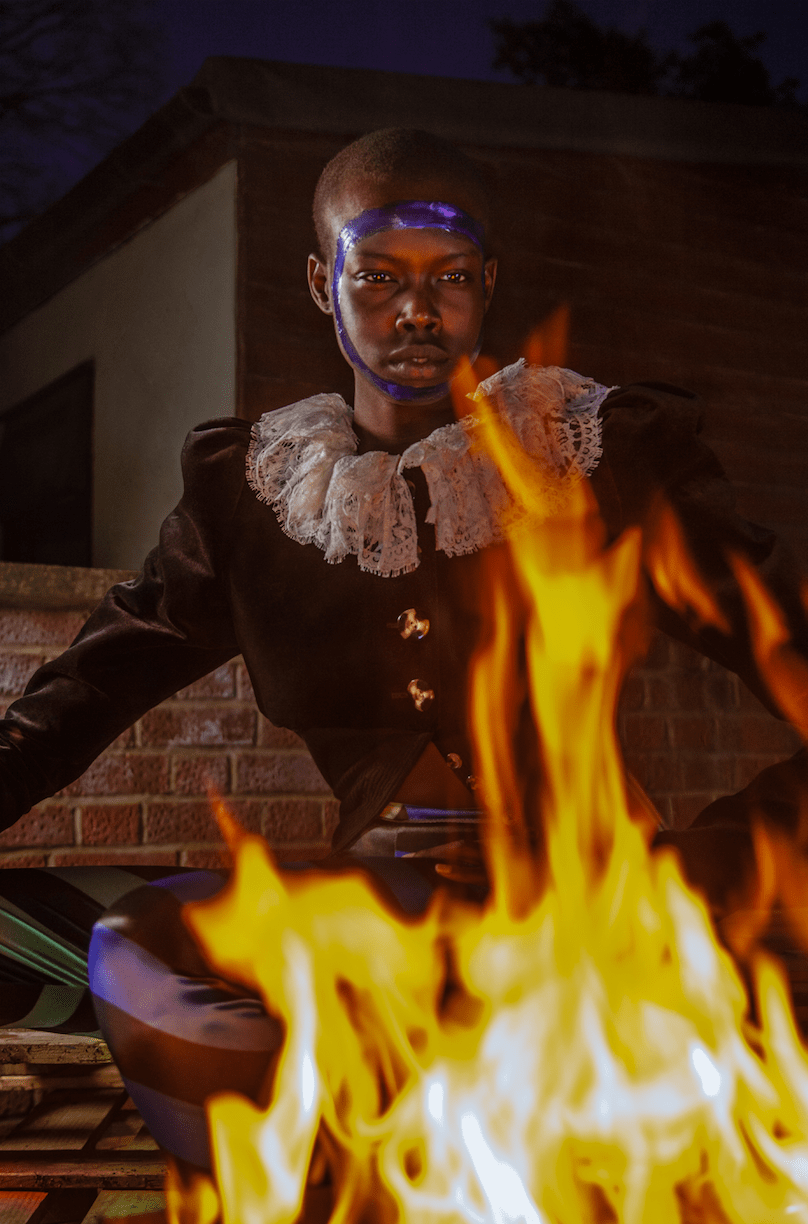
What do you think is the biggest horror that we are facing as a society today?
Humans — “we’re our own worst enemies,” as Jordan Peele says in 2019’s Us.
What’s the most valuable thing you’ve learnt from art school?
To share experiences with your peers, inform, be informed, share love and experiment as much as you can, as nothing’s free when you leave.
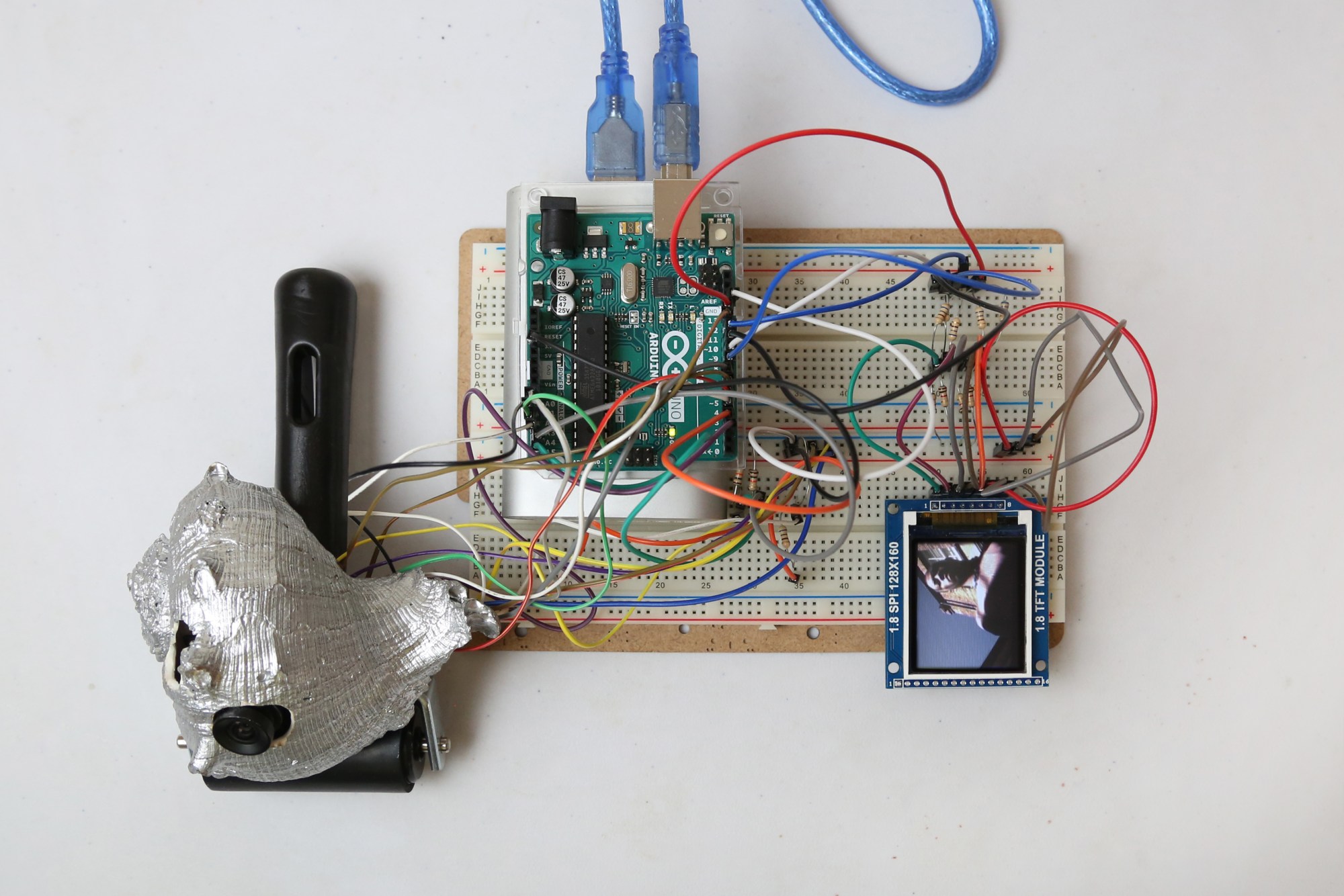
Hexa Koo
Tell us a bit about your project…
I have been interested in the ‘how’ part of image-making, which left me looking for unconventional and sometimes alternative methods. Sosa is a film about a hermit crab moving from house to house which reflects our generation’s seemingly ever-changing habitat. Footage in the film includes the crab’s vision with a computational camera made with Arduino (hardware useful for building digital devices). The story begins by Sosa walking into a house with a camera attached to her shell, and the story then unfolds…
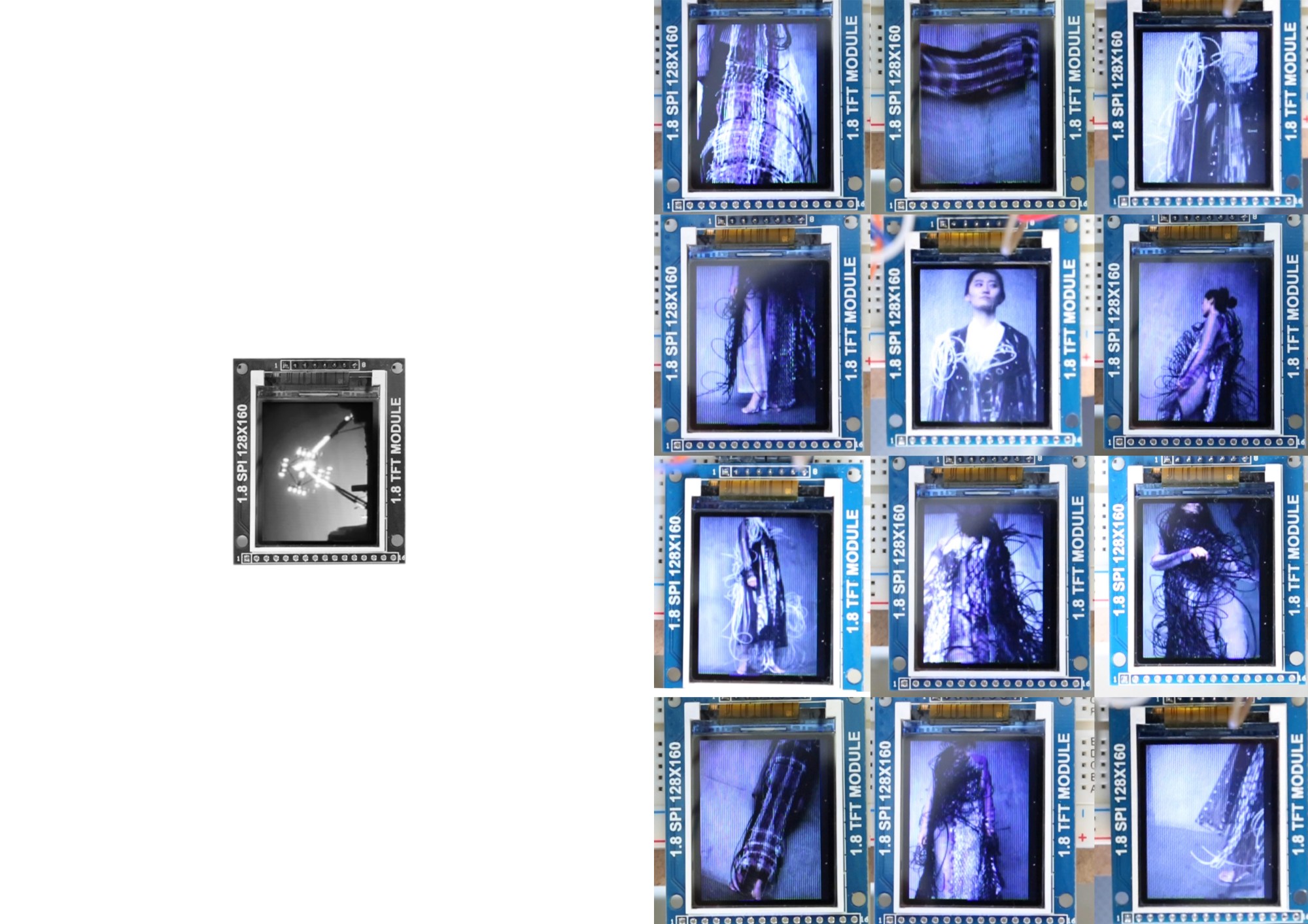
What triggered your exploration of habitat?
I’ve never had a home that I stayed in for more than a year. The project shows a nostalgia that I never had.
What advice would you give to i-D readers trying to make it in the industry?
Be a craftsman.

Florence Omotoyo
Tell us a bit about your project…
It started with my interest in staged spaces. I like exploring the environment of a space surrounding a central protagonist — the sound of the radio or of speech. Beginning this project, I was looking into the idea of merging material together; looking at how to reference a range of materials from music and films to create an energy of some sort. I think I have begun the process of crafting something I see as an ideal narrated space.
Where do you find your own identity?
My identity is an ever changing formation but it is rooted in an assemblage of my personal history working in conjunction with whatever persons, place or things I come into contact with.
What’s the most important thing you’ve learnt from your project?
To trust the process.

Mkudi Wanda
Tell us a bit about your project…
My creative thesis examines an apparent unease with the deathly signification of decay, manifesting in practices of collecting, conserving and displaying fashionable dress in museums. This can be seen through the nature of archiving that seeks to control the materiality of objects in a museum collection. I was also intrigued by the resuscitative effects of conservation and how a mannequin display can render dress objects pristine and unscathed by the atrophy of time and use.
If you could own one piece of fashion history, what would it be?
The designs of Elsa Schiaparelli (1890-1973) have always been a favourite. I find them both playful and provocative, and quite essentially feminine in that way.
What advice would you give to those starting out in a similar career path?
Be kind and stay curious.
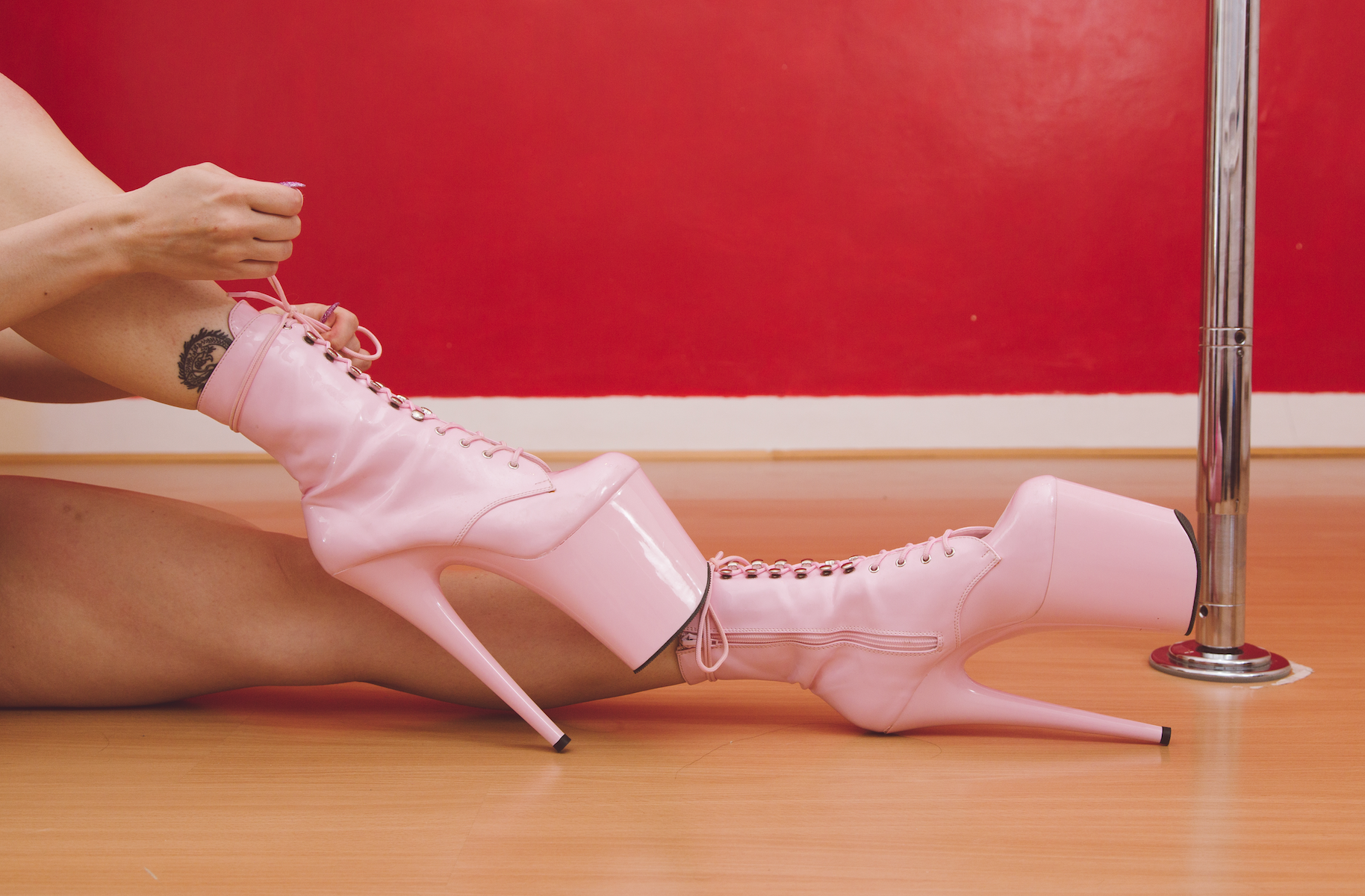
Maddie Burdon
Tell us a bit about your project…
Inspired by my experience in the industry, my explorative dissertation, Making it rain, contemplates the female exotic dancer as Western society’s paradigm of idealised femininity. Issues of the embodied erotic femininity and desire performed by dancers are explored with regards to the construction, performance and consumption of the dancer’s sense of ‘self’ through dress and relationships with audience and space in order to create the ultimate illusory fantasy. Intertwined with issues of capitalism, class, gender, objecthood, aesthetic and emotional labour, my work explores the semiotic nuances that render the female dancer’s body an object of desire, whilst simultaneously being a product of desire, in order to consider how this performance is consumed within the space of the strip club and beyond.
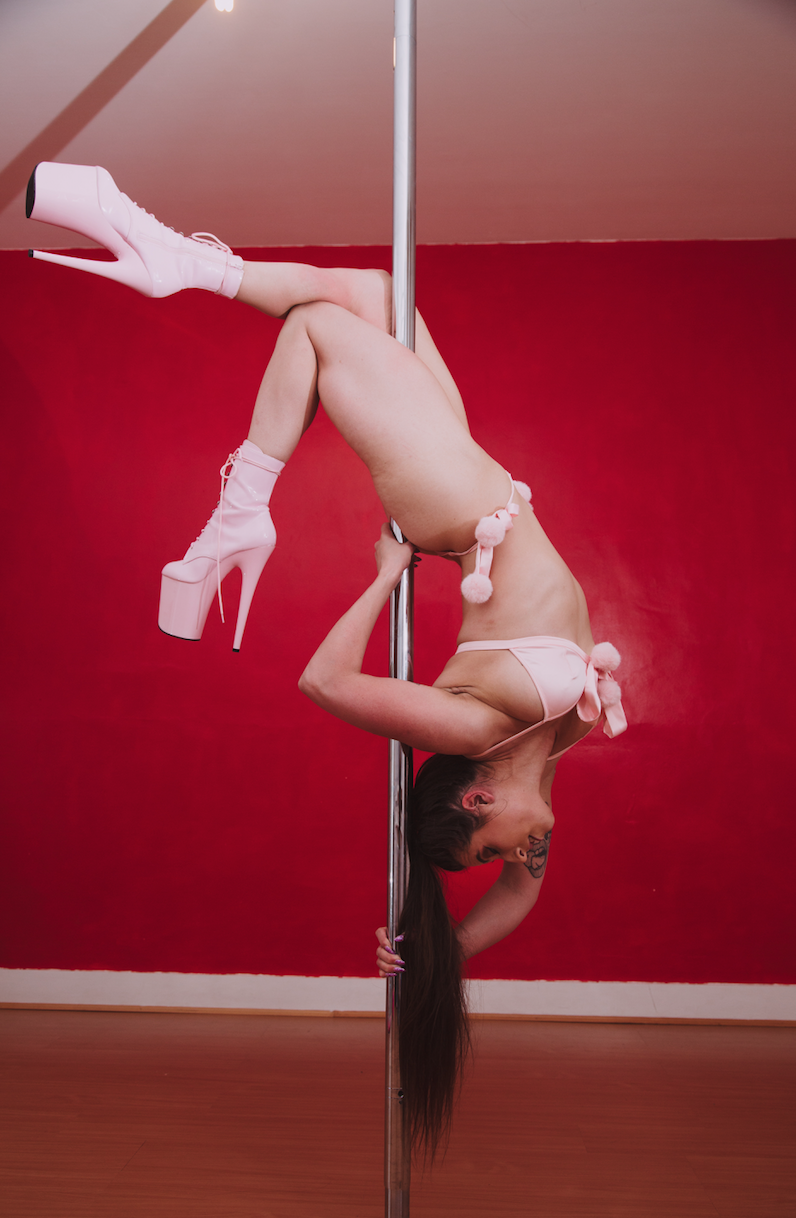
What’s the most important thing you’ve learnt about your field of study?
Clothes communicate so much about society, and by learning about their history, you can better understand the significance of what’s happening in the world today.
What important message do you think our generation needs to hear?
Don’t take things too seriously, have more sex and wear what makes you feel good without costing the earth.

George Serventi
Tell us a bit about your project…
My project is called Skip Dinner, it’s an online satirical fashion magazine for people who love to hate fashion. Part of the project is sd/tv which is an 8 part animated sketch show based around people who work in the fashion industry.
How would Skip Dinner be introduced on TV?
“Welcome to Skip Dinner, the award-wanting platform cutting the crusts off fashion’s sandwich.” As Carrie Bradshaw once said, “when I was totally broke, sometimes I bought Vogue instead of dinner. I just felt it fed me more”. But at Skip Dinner we ask, “why pay for either when you work in the biz?”
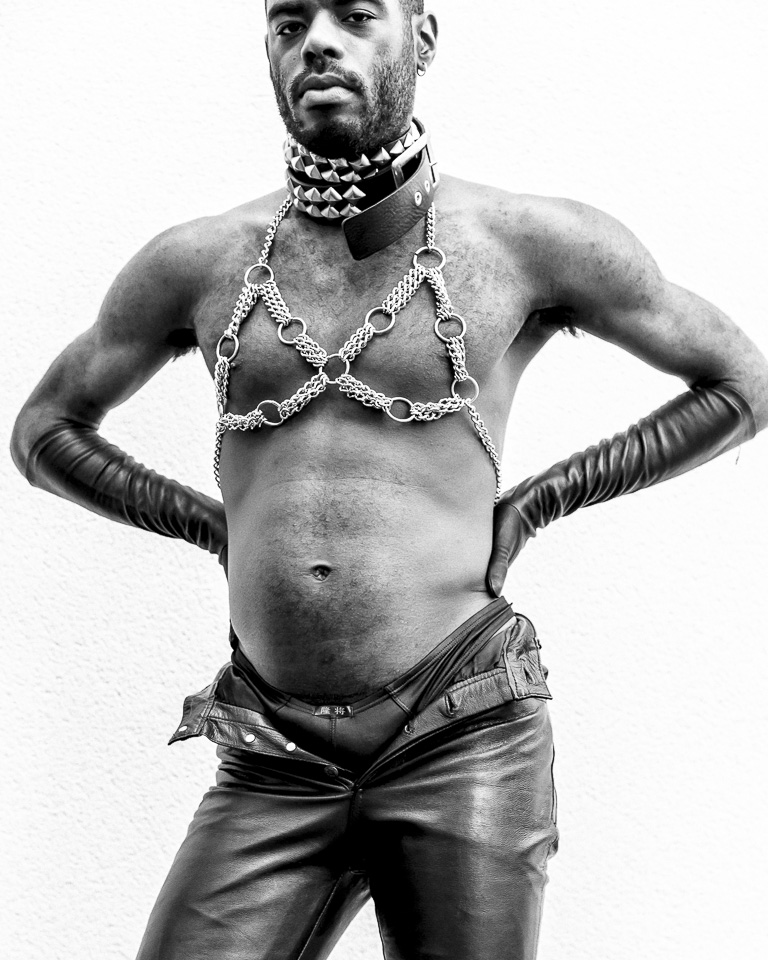
Kacion Mayers
Tell us a bit about your project…
DICKPRINT is a carefully curated style and culture publication for boys who like boys and those merely curious. The central themes explore fetish, dressing for pleasure and homoerotica. The relationship between fetish, sex and dress is engrossing and the notion of dress as a tool utilised to create perceptions of power remains at its core. Our history is so often sanitised and Dickprint aims to push the kinky crevices of our history to the forefront. It’s a conversation between generations, an education in my exploration and a reframing of my sexuality, my body and how it is perceived and consumed.
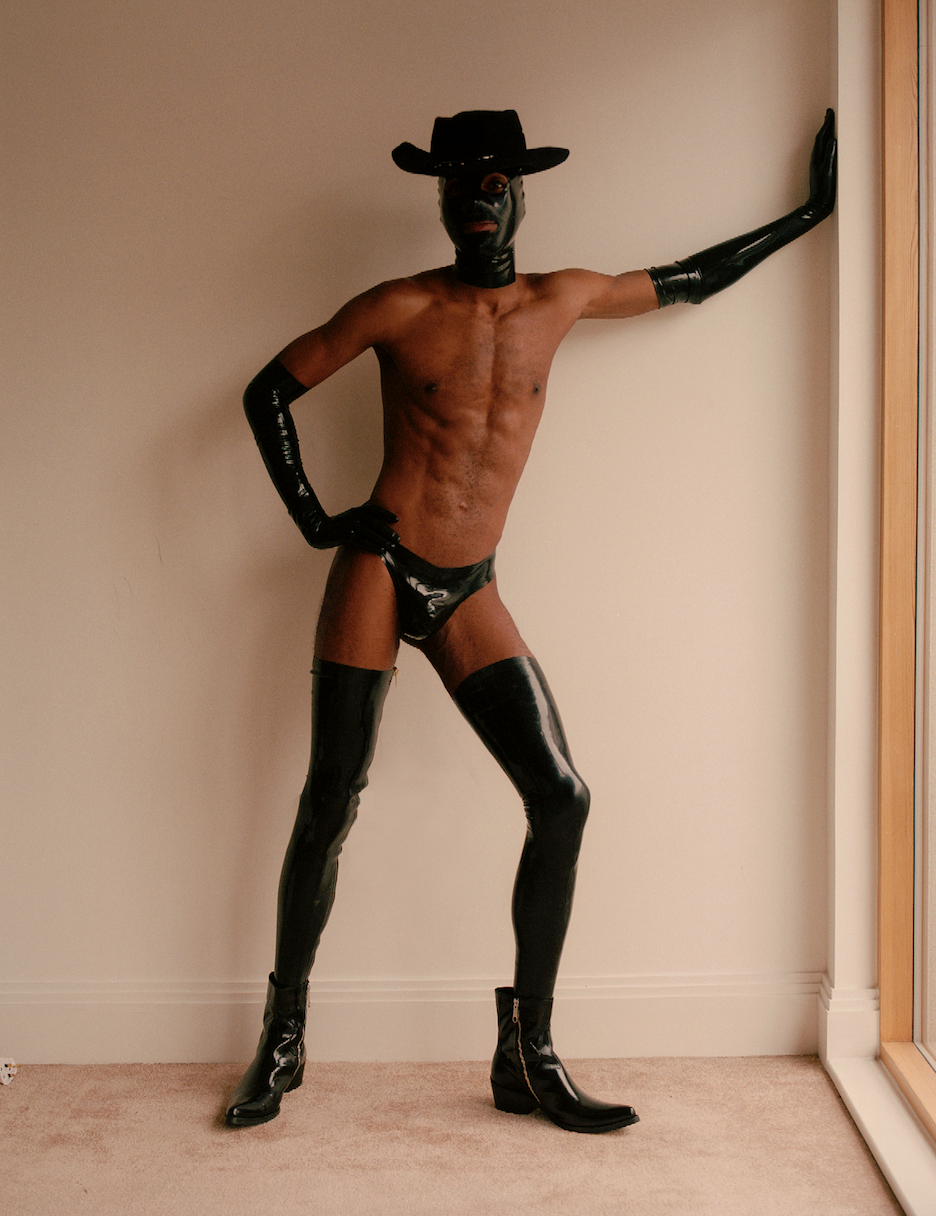
What would you say to people struggling to express and explore their sexual identity?
Find a like-minded community (whether its IRL or URL) read historic and contemporary literature on sexual identity and expression and most importantly, free your inhibitions.
What’s the best place in London to hang out at on a Friday night?
Wherever the free drinks are that week. Though the drinks are only as good as the company.
